Fever-Tree Tonic
When Fever-Tree founders Tim Warrilow and Charles Rolls first met in a West London pub in 2003, Tim was hoping to persuade Charles to construct a new gin distillery. Charles, an industry veteran who had turned around the fortunes of the struggling Plymouth gin distillery a few years earlier, was not persuaded by the venture. As the two discussed all things gin, the conversation turned to tonic water and they realised that although an increasing variety of quality gins were available, the small number of available tonic waters were produced with artificial sweeteners and preservatives. There and then Tim and Charles set out on a two year journey that would lead to the creation of Fever-Tree Tonic.
15 months of pioneering research and intrepid exploration followed. Tim and Charles painstakingly researched the history of quinine as far back as 1620 at the British Library. They discovered that by the nineteenth century the demand for quinine, extracted from the bark of the cinchona tree, known in its native South America as the fever tree, had grown to such levels that European governments decided to establish cinchona plantations in their overseas colonies. A British explorer named Charles Ledger cultivated a Peruvian variety of cinchona which proved particularly successful and fever trees grown from his seeds were planted all over the world.
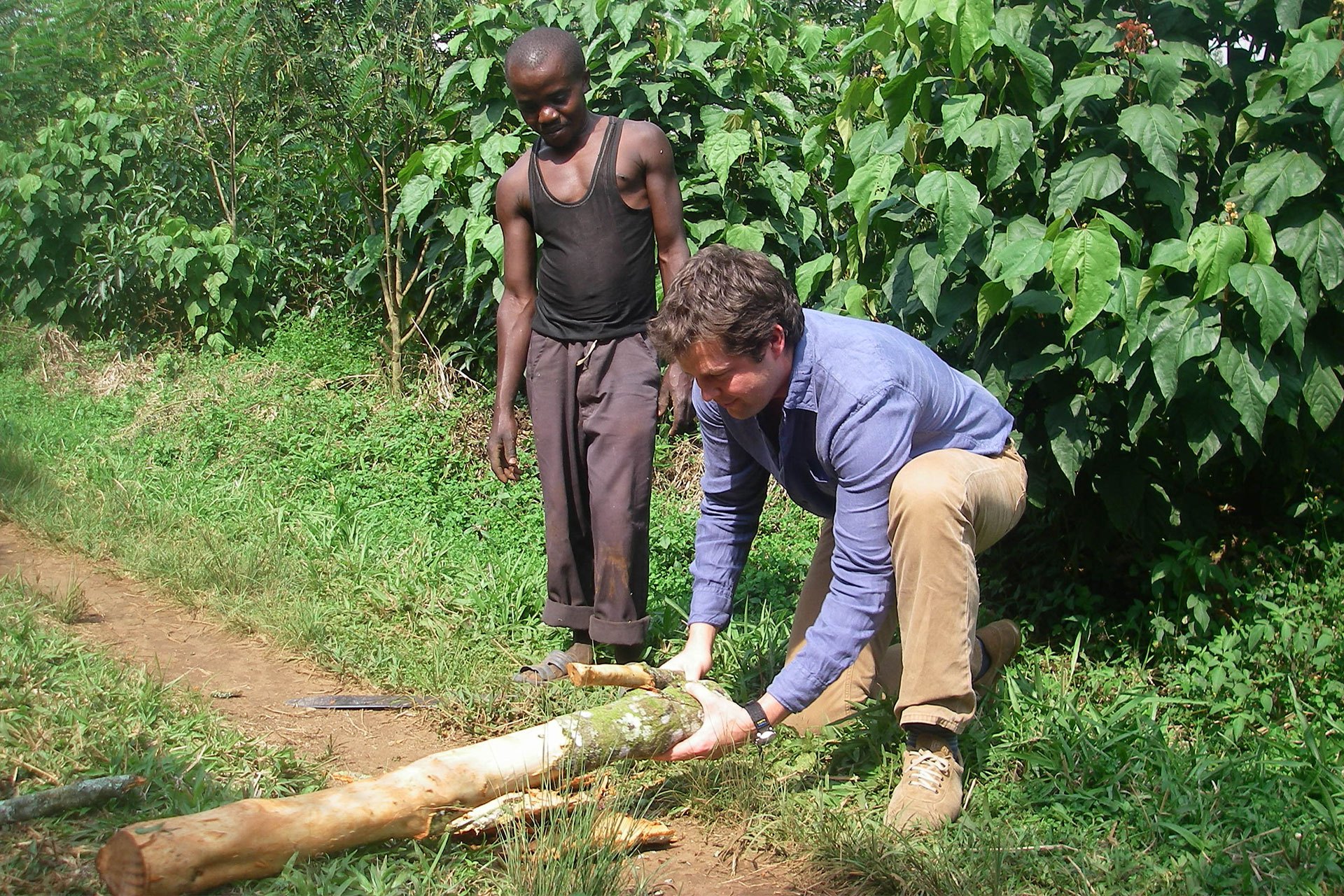
Their research took Tim and Charles to the border of the war torn Democratic Republic of Congo and Rwanda where they tracked down the last remaining plantation of fever trees descendent from Charles Ledger’s acclaimed Cinchona Ledgeriana variety. After an eventful journey including a tense confrontation with Congolese militia forces armed with AK-47s and their source of quinine secured, Tim and Charles flew back home with their suitcases full of pharmaceutical grade quinine, which unfortunately takes the form of white powder, raising no end of difficult questions at UK customs!
Tim and Charles began experimenting with different botanicals to create their first tonic. The fifth recipe was the charm, combining their pure quinine with cold pressed bitter oranges from the town of Zygoma in Tanzania, natural cane sugar and soft spring water from the Elmhurst Spring in the Staffordshire countryside. They use high carbonation to produce small bubbles and a smooth delicate texture.
With its refreshing bright citrus fruit notes balanced perfectly with the bitter quinine, Fever-Tree quickly established a devoted following in the capital and beyond, as Charles and Tim tirelessly visited bars and restaurants introducing their revolutionary new tonic water to enthusiastic bartenders and restauranteurs. Widespread critical acclaim and an avalanche of industry awards followed and Fever-Tree Indian Tonic had firmly established itself as the leading premium tonic water.
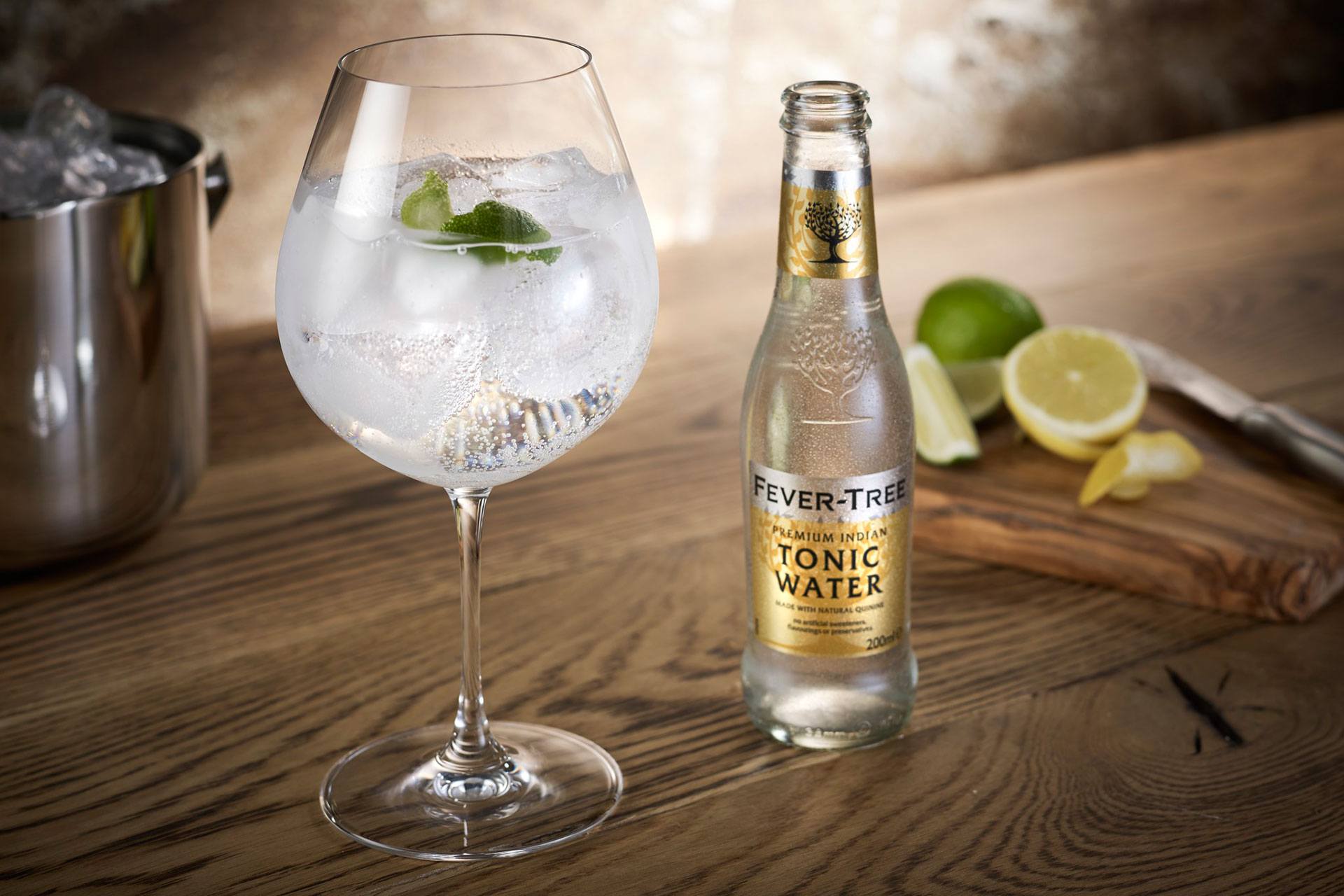
Not content to rest on their laurels, Tim and Charles set about experimenting with other botanicals and flavours to expand the range and create tonics that would complement a variety of different gin styles and flavours. They sourced hand-picked elderflowers from a small Gloucestershire farm on the edge of the Cotswolds, whose fresh vibrant flavours are quickly extracted after harvesting and combined with their Congolese quinine to create the deliciously summery Fever-Tree Elderflower Tonic, which pairs brilliantly with floral gins like Tarquin’s Cornish Dry Gin, distilled with Devon violets.
For Fever-Tree Mediterranean Tonic, they explored Provence to find the finer lemon thyme and rosemary growing around the shores of the Mediterranean Sea. The rich essential oils from these herbs perfectly complement the bitter quinine resulting in a distinctively herbal tonic with a refreshing citrus fruitiness.
For their Sicilian Lemon Tonic, they have taken citrus flavours to new levels and reinvented the classic bitter lemon mixer. Sicilian lemons grown on the fertile volcanic slopes of Mount Etna are the key ingredients here. Using Sfumatrice equipment, normally reserved for the perfume industry, they gently hand press the lemons to extract the delicate oils from the skin of the lemons. These are combined with their pharmaceutical grade quinine and Staffordshire spring water to create an extraordinary tonic which perfectly suits a classic London dry style gin.
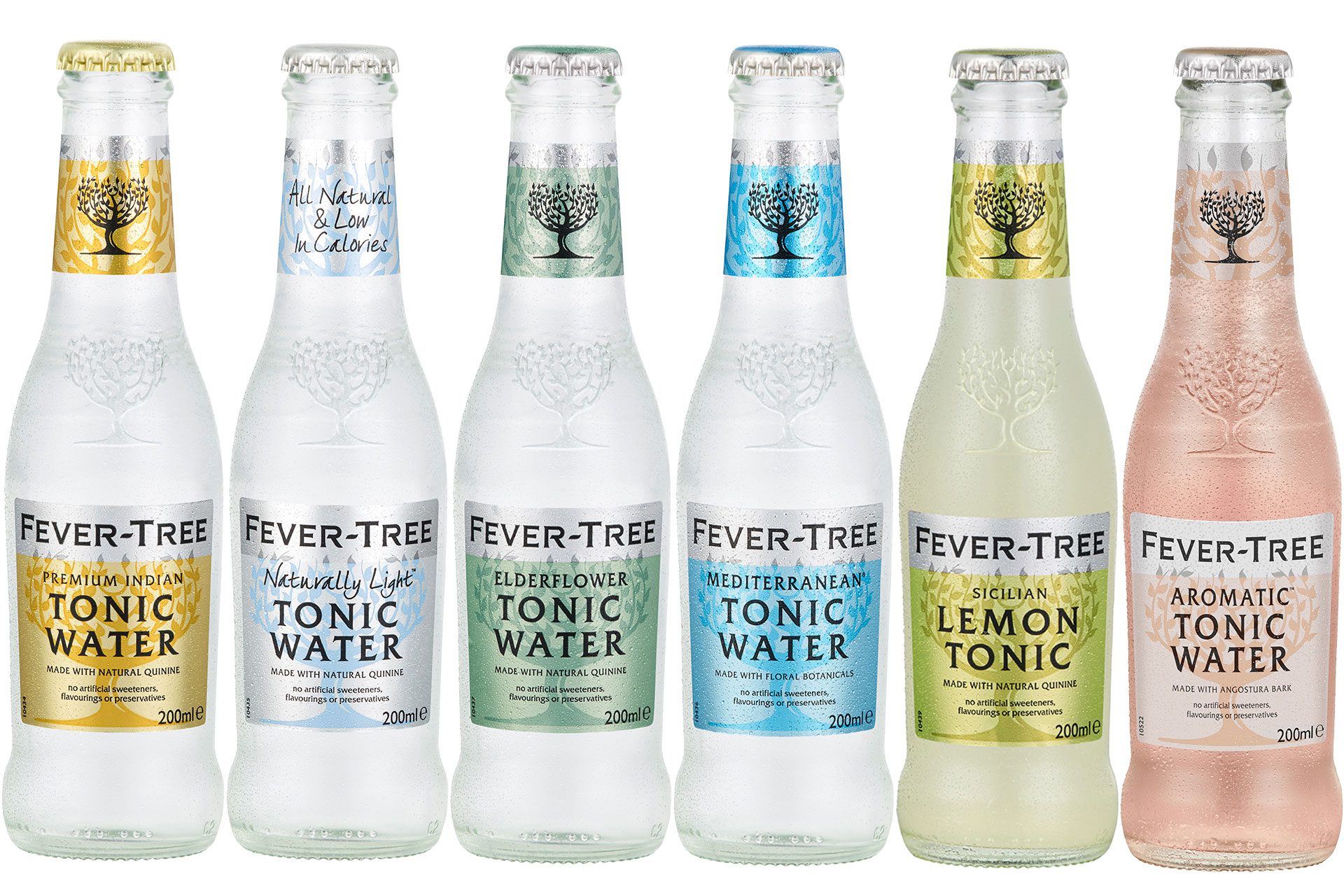
Their search for botanicals took them to the Ivory Coast where they discovered local farmers cultivating green ginger. The oils from this unique spice have intense flavours of fresh lemongrass and, as well as using them in their ginger beer and ale, Charles and Tim decided to create a special tonic by blending these oils with quinine, angostura bark, bitter orange, vanilla, cardamom and pimento berries and named it Aromatic Tonic Water. This extraordinary concoction has a rose pink hue and is perfect for taking full bodied navy strength gins.
Over a decade after Tim and Charles created their first batch of Fever-Tree Indian Tonic Water, it’s all too easy to take quality tonics for granted. They took craft tonic making to extraordinary levels and have made an enduring and outstanding contribution to the history of gin. Three cheers to the godfathers of craft tonic!

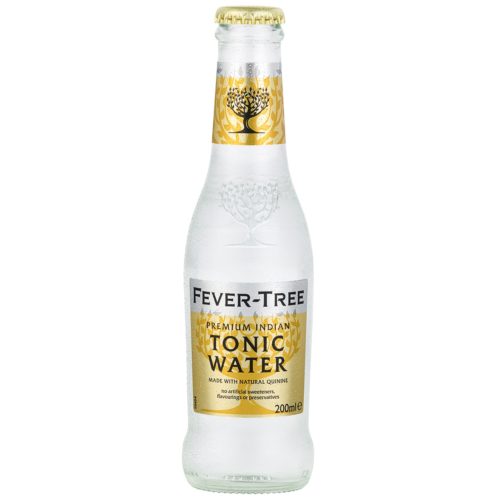


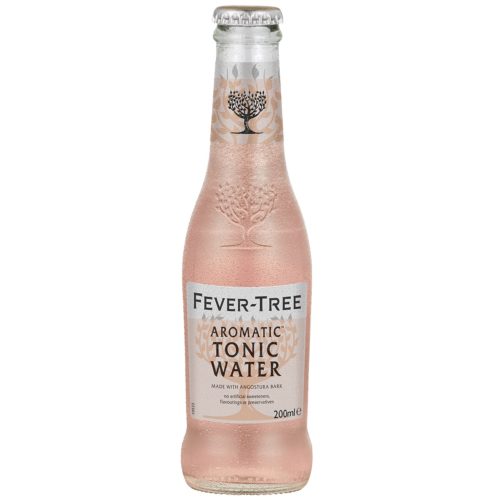
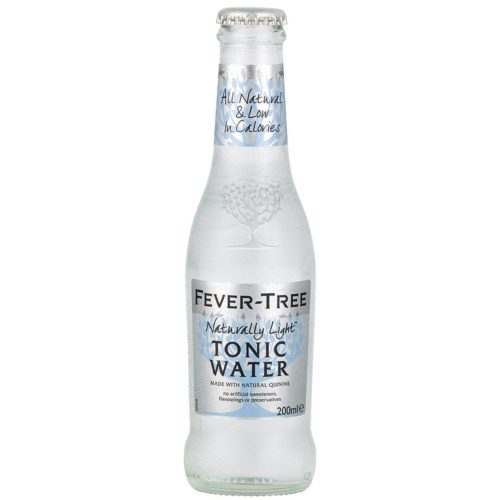
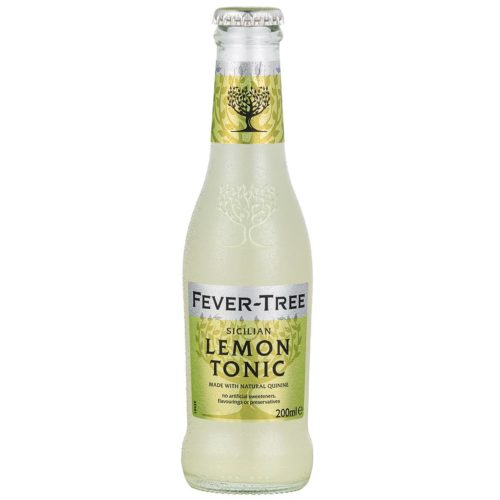

 Privacy Policy - your information will never be shared
Privacy Policy - your information will never be shared